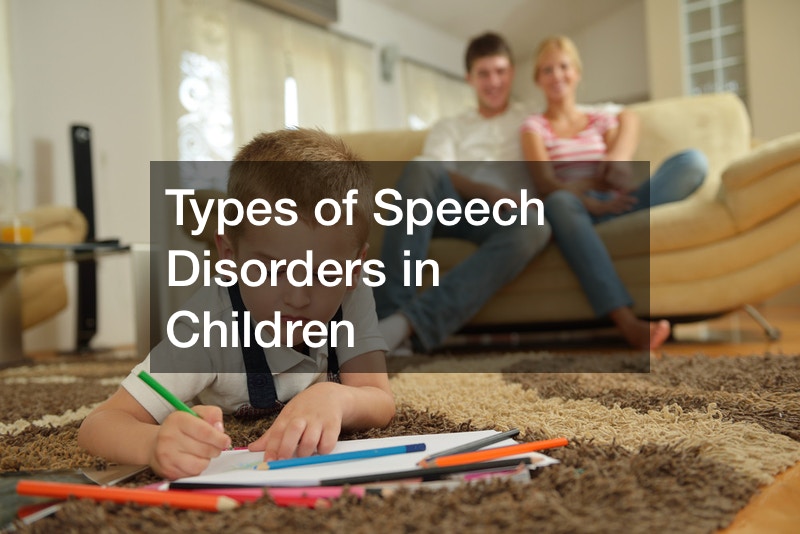connect the tongue, lips and vocal cords.
Since the disease is connected to nerve damage and nerve damage, it can have a variety of causes. It can sometimes start in the very early stages of growth of the infant when they are still inside the body. Due to muscular dystrophy as well as cerebral palsy, it can begin as early as the moment of birth. Tumors may also cause this condition.
SLPs aren’t able to fix muscle problems. SLPs aren’t able to help children suffering from injuries to their nerves. Much of their work will focus on treating dysarthria signs by changing behaviour. A speech therapist, for instance will assist the child in slowing speech. SLPs can assist in breathing exercises or other muscle exercises to aid in healing muscles involved in speech.
Spasmodic Dysphonia
Spasmodic Dysphonia is a long-lasting condition that can affect a child’s voice. It’s characterized by spasming of the vocal cords as a child attempts to talk. It is the result of a shakey voice that is described as firm or tight. This can lead to speech emphasis to shift significantly in certain cases. Speech-language pathologists are trained to treat Spasmodic Dysphonia.
The cause of this condition is determined due to a range of reasons. The most common cause is the changes in the nervous system and also muscular tone problems. However, it’s hard to pinpoint vocal cord spasms as being an underlying cause for your shaky voice. To diagnose this condition, SLPs often team up with an earnose and throat specialist. For a final diagnosis the neurologist will be needed.
Once the diagnosis has been made, an SLP will be in charge of instructing the child on how to maximize vocal production. It is most likely that this type of coaching can result in a significant improvement when dealing with mild cases. SLPs usually teach their patients methods to manage breathing. So that the child is at the start, this skill is also taught to the other patients.
hf4dcculjy.
